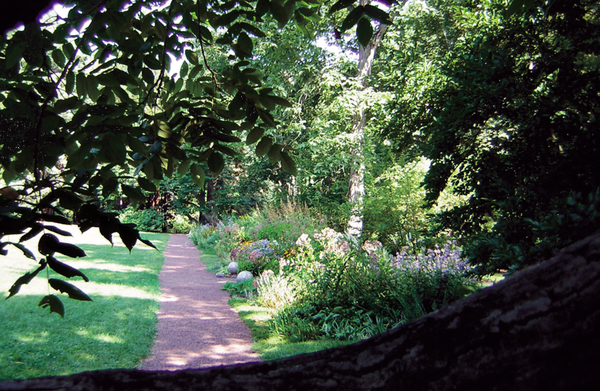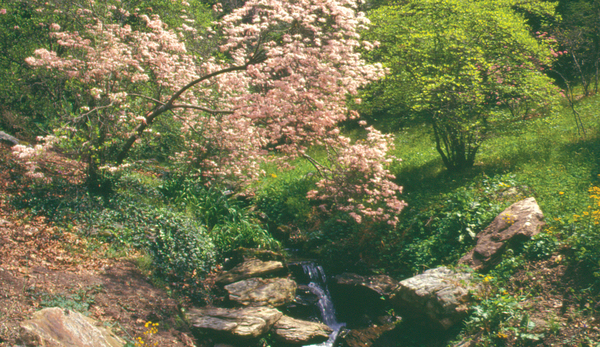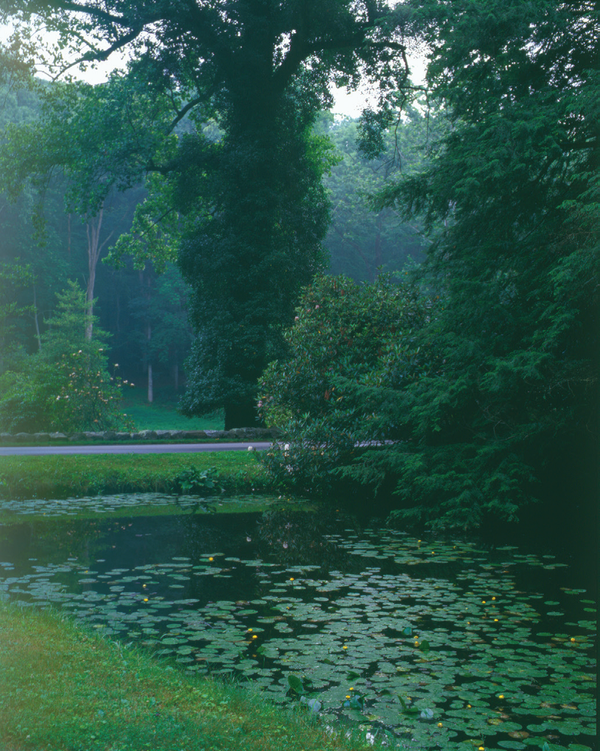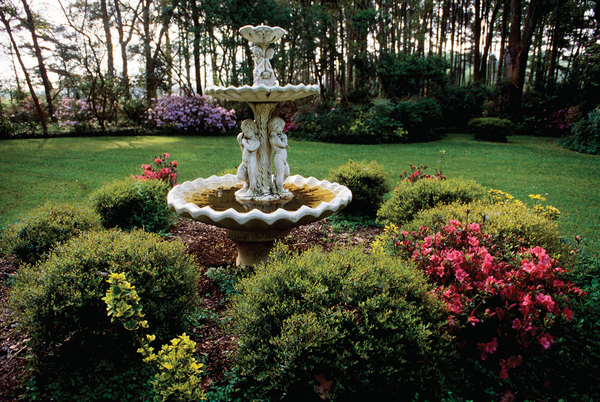Along with urban planning, landscape architecture has been responsible for some of America’s most recognizable parks, gardens, and cemeteries. Read on to learn more about where landscape architecture came from, and to see its legacy at work in the US today!
But what is landscape architecture?
Put simply, landscape architecture is a multi-disciplinary field that works to create picturesque landscapes, in both urban and rural environments. People who practice within the field are known as landscape architects, and must master several different fields of study, including botany, horticulture, architecture, and civil engineering.

Although the term “landscape architecture” only dates back to the 19th century, there had been people designing parks and gardens for centuries prior. Landscapers such as André Le Nôtre designed some of royalty’s most famous gardens, such as the gardens of the Palace of Versailles, which Le Nôtre restored during the rule of King Louis XIV. The modern terms of landscape architecture and architect were not popularized until the mid-19th century, when practitioners such as John Claudius Loudon began using the title to describe their work.
Within the US, landscape architects became more highly sought after as major cities began to grow, necessitating extensive amounts of urban planning. In places like New York City and San Francisco, massive urban parks were designed by famed architects like Frederick Law Olmsted and William Hammond Hall. Today, many of these city parks and gardens are still in existence, emphasizing the natural beauty within the surrounding scenery.
Our Favorite Fun Facts about Landscape Architecture
The long history of the landscaping field has given it is own share of quirky facts. Here’s a few pieces of interesting landscape trivia:
- The Discipline’s Italian Heritage: Although John Claudius Loudon was one of the first to popularize “landscape architecture,” the term actually dates back to an 1828 book by Gilbert Laing Meason entitled On the Landscape Architecture of the Great Painters of Italy, where he attempted to draw parallels between the built form of traditional architecture and the natural form showcased in Italian paintings.
- Australia’s Numerous Architects: Even though landscape architecture began in Europe and was popularized in the Western World, Australia actually has the highest number of landscape architects per capita in the world. The country is home to approximately 3,000 landscapers in a population of 24.13 million – that adds up to 12 landscapers per 100,000 Australians!

- A Lucrative Profession: Landscape architects can be particularly successful if they work within the UK or the US, where they’ll make anywhere from approximately $50,000 – $65,000 USD annually. Aspiring architects can also study successfully within the United States, where there are several nationally-ranked undergraduate and graduate programs in landscape architecture.
- The World’s Largest Landscaper Employer: Although several developing countries like China have begun to recruit landscape architects, the US National Parks Service and US Forest Service employ the greatest number of landscape architects in the world. These architects work to help preserve and grow US National Parks and Forests nationwide.
- The Most Popular Landscape Image: While one might guess the Grand Canyon or Mount Everest when asked for the most popular landscape picture, the distinction goes to photographer Charles O’Rear’s 1996 image Bliss, which was taken in Sonoma County, California. The image became widely known in 2001, when it was used as the default background image for the Windows XP operating system. Experts estimate that up to a billion people worldwide have seen Bliss at some point in their lives.
A Gallery of America’s Picturesque Landscape Architecture
Even though there are countless beautiful parks and gardens nationwide, we’ve collected some of our favorites to share here with you!






